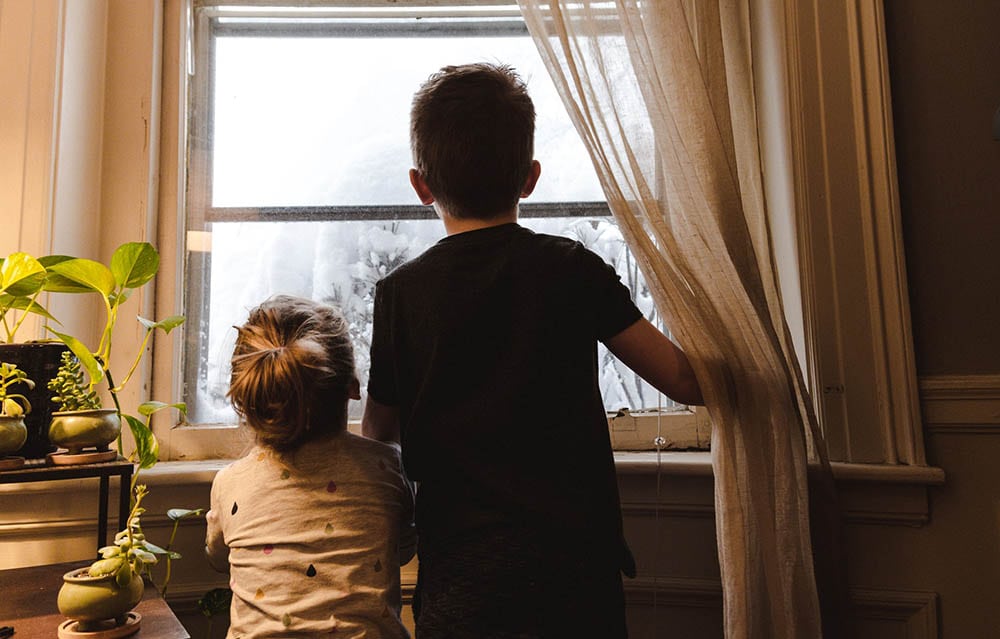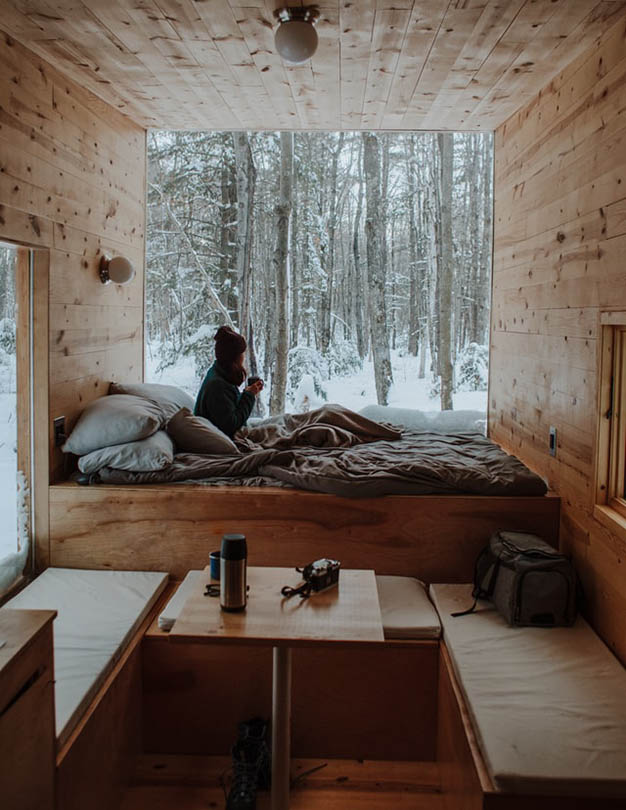What Temperature is Too Cold for a House? Tips to Keep aHouse Warm Enough
-
Shea Cummings
- Last updated:

Energy prices aren’t going down, and we are all looking for ways to save money. Keeping temperatures low is one way to save money, especially during the winter. However, if the temperature is too cold, there can be negative health consequences or problems with the house.
According to the World Health Organization (WHO), the recommended minimum winter indoor temperature is 64°F (18°C). This is proven to be a safe minimum temperature that poses no health risks for healthy adults. However, if there are infants or elderly occupants in the home, the recommended minimum is 68°F (20°C).
According to the National Library of Medicine, cold air can cause health problems. Because the cold air inflames the lungs and lowers your circulation, your risk of various respiratory problems, such as asthma or chronic obstructive pulmonary disease goes up. In addition, there is the potential for heart problems as well.
Occupied Home During the Winter
The WHO’s recommended temperatures are a great baseline to determine the best temperature for your family. If you want to maximize your energy savings and have no kids, lowering the temperature even further and throwing on an extra layer is an option.
Another common departure from these recommended temperatures is the nighttime thermostat setting. Many people like a cold house during the night, making a comfy blanket even comfier!

When a Low Temperature Isn’t Saving You Money
Lowering the temperature is not the only way to save money. If your home is poorly insulated, you won’t save much money if you keep the temperature low or high.
You can’t do anything to change the wall’s insulation. However, there are a couple of other things you can do to increase the insulation in your home to conserve heat.
- New Doors and Windows: If the home has old doors or windows, you can likely significantly increase insulation value by upgrading to new ones. However, if that’s not in the budget, you can put plastic over windows and unused doors. There are kits available, and this helps keep heat in.
- Roof Insulation: Heat rises, so some of the most considerable heat losses are through the roof. If you upgrade the insulation—or at least make sure the insulation is adequate—you should notice better heat retention in your home.
Vacant Home During the Winter
As tempting as it might be to turn the heat off entirely when you leave your home and head to warmer climates for the winter, that is not a good idea. Without heat, that leaves the water pipes in your homes susceptible to freezing. Not to mention the other things around the house that can be damaged by the cold.
That being said, you don’t need to maintain the same temperatures as you would if there were occupants. Keeping it around 50°F (10°C) will be a reasonable temperature. This should prevent any damage.
If the climate tends to have really low temperatures over the winter and you won’t be home, a couple of degrees warmer than that may be a good idea.

Thermostat Types Can Affect Your Energy Bill
You may not give much thought to the thermostat because it’s such an unassuming piece of equipment on the wall in many homes. You’d be surprised at the difference changing your thermostat can make. Below, we’ll discuss three of the most common thermostats around today.
Manual
This thermostat dates back to the 1950s, and many homes still have them today. They are handy for how simple they are and require very little maintenance. However, accuracy is not their strong suit, and they have to be manually adjusted.
To deal with the inaccuracy, there are monitoring systems you can get that give you a more accurate reading of ambient temperature to help you adjust accordingly. However, the thermostat still requires your adjustment.
Programmable
Programmable thermostats have been around for quite a while and are a massive upgrade from manual ones if you want to upgrade. They are much more accurate than their manual counterparts and are basically a “set it and forget it” system.
You can program the thermostat to adjust automatically based on the time of day. For example, say you want a cold house at night but want to wake up to warmth. You can set the thermostat to increase the temperature right before you usually get up.

Smart
Although they aren’t brand new, smart thermostats are a newer technology. However, they are growing in popularity for their benefits. They have similar functionality to a programmable thermostat in a lot of ways. But a major difference is that they are connected via Wi-Fi and Bluetooth.
So, you can literally adjust your home’s temperature from anywhere in the world. With this added functionality, you can save money on your heating and cooling throughout the year because of how easily you can adjust temperatures.
Final Thoughts
Depending on your particular family situation, we see that temperatures between 64°F and 68°F are ideal. Going much lower than this approaches being too cold while people are home. And as low as 50°F is acceptable if you’re on vacation.
Just remember that keeping the temperature low is not the only way to save money on your energy bills.
- https://cagleservice.com/what-temperature-is-too-cold-for-a-house/
- https://www.acurite.com/blog/what-is-reasonable-temperature-house-winter.html
- https://www.bodekinc.com/post/2019/02/10/how-cold-is-too-cold-for-a-house
- https://en.wikipedia.org/wiki/Room_temperature + WHO source PDFS from the wiki
- https://www.ncbi.nlm.nih.gov/books/NBK535294/#:~:text=Cold%20air%20inflames%20lungs%20and,(COPD)%2C%20and%20infection
Featured Image Credit: Kelly Sikkema, Unsplash
Contents

